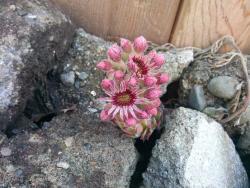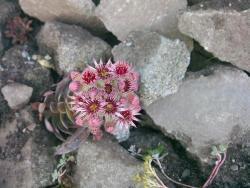Good evening everyone. I'd like to preface my question by acknowledging everyone here for all of the knowledge I have gained in my few short days of being a member. Thank you for sharing your experience(s).
My question is this. How can I really be sure of what any sempervivum I purchase will look like? As I peruse the many databases, nursery galleries and personal pictures online, I see that so many of the varieties exhibit a fantastic amount of variation within each variety. i.e., I've seen Pacific Blue in every color from maroon to pale silvery blue. I've seen Raspberry Ice in everything from tight little dark spheres to green, spiky urchin-like balls. I'll add that I also see numerous photos of plants that exhibit the "ideal" habit of the variety.
Does that much variation truly exist in the species or is incorrect identification such a common occurrence?
I understand that each variety has an "ideal" form/shape/color, but how can I increase the odds that mine will achieve and/or maintain the "ideal"? Or is it even possible to do so?
Thank you for entertaining my long-winded inquiry.

-Glenn

